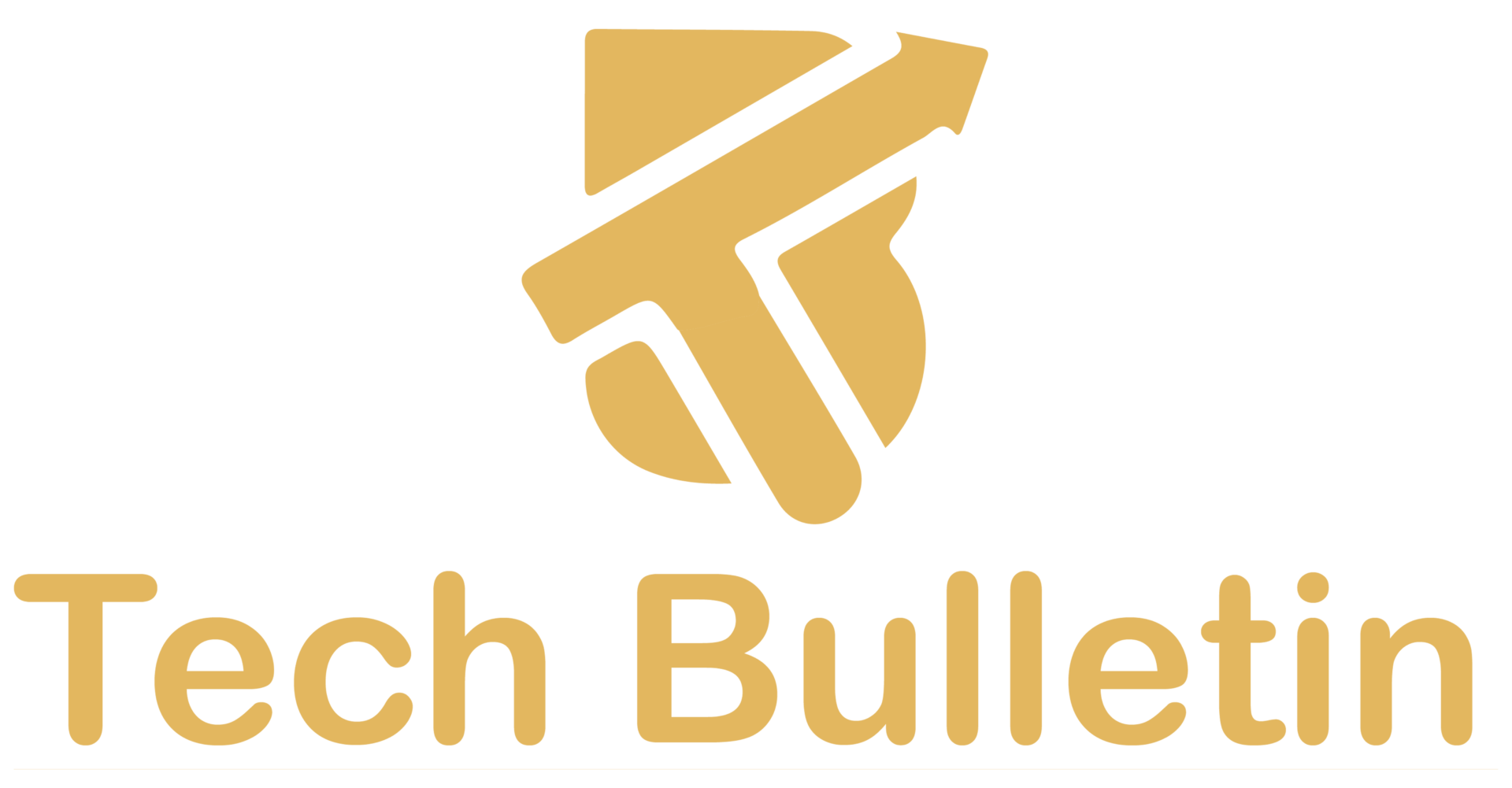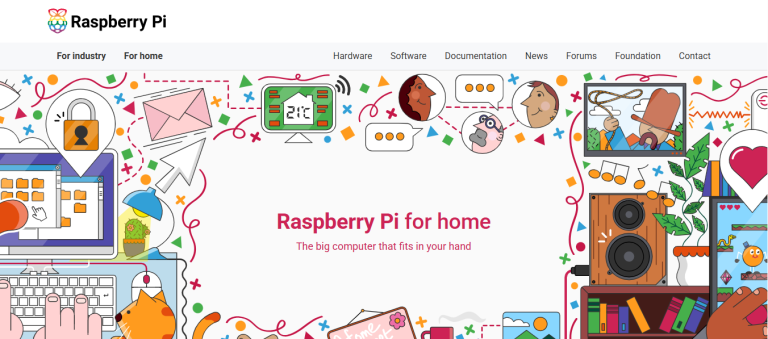Classroom Management Plan Ideas No One Told You About

A classroom management plan is the backbone of a successful learning environment. But many teachers—whether new or experienced—often overlook certain strategies that can transform their approach and make managing a classroom smoother and more effective. In this article, we’ll explore classroom management plan ideas that are often underused but can significantly improve classroom dynamics.
The Basics of Classroom Management Plans
Before diving into innovative strategies, let’s revisit the foundational elements of a classroom management plan. A good plan includes setting clear expectations, establishing rules, and creating a positive learning atmosphere. Without these basics, everything else will fall short.
Setting Clear Expectations
Expectations provide the structure that students thrive on. By clearly defining what you expect from your students, both behaviorally and academically, you set the tone for your classroom.
- Pro Tip: Don’t just tell students your expectations; involve them in the process. When they help create the rules, they feel more responsible for following them.
Consistent Reinforcement
Consistency is key in any management plan. You cannot afford to ignore small misbehaviors today, only to become strict the next day. Consistency in how you reinforce expectations helps students understand boundaries and develop good habits.
1. The Power of Proactive Classroom Management
Many teachers find themselves reacting to problems instead of preventing them. The key to effective classroom management is being proactive rather than reactive. Anticipating potential disruptions and planning strategies to handle them before they escalate makes all the difference.
Build Relationships Early
Students are more likely to follow rules and respect authority when they feel a personal connection with their teacher. Take the time to get to know your students—learn their interests, struggles, and goals. A positive relationship builds trust, which will lead to better behavior.
- Pro Tip: Use student interests to guide classroom activities. It will keep them engaged and invested in their learning, reducing the likelihood of distractions.
Structured Transitions
Transitions between activities can be chaotic if not planned carefully. A smooth transition between lessons, group activities, and classroom routines prevents the energy in the classroom from shifting into distraction mode.
- Pro Tip: Try using a countdown or a signal, such as a bell or music, to let students know that a transition is coming. This gives them a heads-up and prepares them mentally.
2. Classroom Management with Positive Reinforcement
Positive reinforcement is often underused but incredibly effective. It’s easy to focus on correcting bad behavior, but praising good behavior is just as important, if not more so.
Reward Systems
Implement a reward system that acknowledges and encourages positive behavior. Whether it’s earning points for a class party, earning extra recess time, or receiving a sticker, rewards motivate students to follow the rules.
- Pro Tip: Allow students to choose their own rewards from a list of options. This gives them a sense of control and ownership over their success.
Praise for Effort, Not Just Results
While rewarding students for high achievement is important, it’s equally crucial to praise effort. This creates a growth mindset where students learn that trying hard and improving, rather than simply achieving, is what matters.
- Pro Tip: Use phrases like “I really appreciate the effort you put into this” or “You worked hard on this task, and it shows.”
3. Using Technology in Your Classroom Management Plan

Incorporating technology into your classroom management plan can create a more dynamic learning environment. Digital tools not only make management easier but also engage students in new ways.
Digital Behavior Tracking Tools
Using apps and tools to track student behavior can help you stay organized and ensure that students understand their progress. Apps like ClassDojo or Google Classroom let teachers send instant feedback, both positive and negative, which helps maintain consistent communication.
- Pro Tip: Encourage students to take ownership of their behavior by allowing them to check their behavior reports daily. This fosters self-reflection and responsibility.
Interactive Whiteboards
Interactive whiteboards or apps that function like digital boards can transform how you teach and manage a class. These tools provide immediate feedback, keep students engaged, and help manage lesson transitions.
- Pro Tip: Use interactive whiteboards to display student work, and let students come up to the board and showcase their contributions. This adds a fun, competitive aspect to lessons.
4. Creating a Classroom Culture of Respect
Respect is a two-way street, and if you want students to respect your authority, you must show them respect in return. Establishing a culture of mutual respect ensures that students feel valued and are more likely to follow your rules.
Teach Empathy and Active Listening
Incorporating activities that focus on teaching empathy and active listening will build respect among students. Consider group discussions or peer feedback sessions, where students can practice understanding each other’s perspectives.
- Pro Tip: Reinforce empathy by addressing conflicts promptly and calmly. Show students how to resolve disagreements without escalating the situation.
Celebrate Diversity
In a diverse classroom, respecting differences is crucial. Create an inclusive classroom by celebrating the diverse cultures, backgrounds, and perspectives of all students. When students feel accepted for who they are, they are more likely to engage positively with the class.
5. Handling Disruptions Without Losing Control
No matter how well you plan, disruptions will happen. The key is to address them in a way that doesn’t derail the entire class.
Stay Calm and Collected

When a disruption occurs, your reaction sets the tone for the rest of the class. Avoid reacting impulsively or in anger. Take a deep breath, and approach the situation with a calm demeanor.
- Pro Tip: If the disruption is severe, remove the student from the situation discreetly. This prevents embarrassment and allows the class to return to normalcy.
Use the “Broken Record” Technique
If a student repeatedly breaks a rule, calmly and repeatedly state your expectations. This “broken record” approach involves saying the same thing, in the same calm tone, every time a misbehavior happens. It helps students understand that you’re not going to back down from your expectations.
Conclusion
Creating a successful classroom management plan doesn’t have to be complicated. By focusing on proactive management, positive reinforcement, respect, and handling disruptions effectively, you can create an environment where students thrive. Incorporating technology and celebrating diversity adds a modern touch that can elevate your teaching style and make learning more enjoyable for everyone.
Remember, classroom management is about building relationships, establishing clear expectations, and maintaining consistency. With these ideas in hand, you’re ready to create a classroom culture that fosters growth, respect, and success.
FAQs
1. What is the most important aspect of a classroom management plan?
The most important aspect is setting clear expectations for behavior and academic work. This helps students understand what is expected of them, which reduces confusion and misbehavior.
2. How can I make my classroom management plan more effective?
Make sure your plan is proactive rather than reactive. Building relationships with students and using positive reinforcement are key strategies for improving classroom management.
3. How can technology help with classroom management?
Technology can streamline behavior tracking, provide instant feedback, and increase student engagement. Tools like ClassDojo and interactive whiteboards can help you maintain control and make learning fun.
4. How do I handle disruptive behavior in the classroom?
Stay calm, address the issue promptly, and use techniques like the “broken record” method. It’s important to enforce rules consistently and respectfully.
5. Can rewards help with classroom management?
Yes, rewards motivate students to follow rules and participate in class activities. Whether it’s a small treat or extra playtime, rewards can encourage positive behavior and academic effort.
Also read: Effective Classroom Management Strategies for New Teachers That Work Instantly







